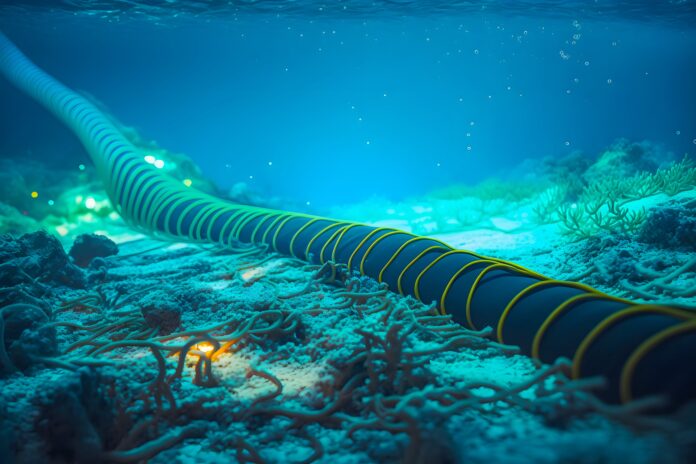RETN claims up to 70% of Europe-Asia data flow was disrupted, and the damage highlights the weak cable ecosystem which urgently needs greater resilience
RETN, which runs a private, global managed network, says that the impact of the February 2024 cable cuts in the Red Sea was severely underestimated.
The company says that the impact was claimed at the time to have affected 25% of the Europe-Asia data traffic flow. Using its own network diagnostics and feedback from customers – large ISPs in South East Asia providing services to consumers – RETN reckons the disruption to traffic was closer to 70%.
It has published insights into the incident in a report Building the networks of tomorrow: Engineering reliability for long-term success.
RETN’s CEO, Tony O’Sullivan, is calling for the industry to take action: “We are at a pivotal moment in network connectivity, and to be fully transparent, the industry is not equipped to meet current demands. With geopolitical events, natural disasters, cable cuts, design flaws, cybersecurity attacks and a shortage of new cables, we’re really not too far away from entire countries becoming digitally inaccessible when the one or two cables that connect them go down.
“Having the global infrastructure in place to overcome these challenges requires industry-wide investment, but that means a wide-reaching movement of prioritising customers over short-term gains. Undoubtedly, there are some key players with the power that can take actionable steps immediately to make a difference.”
The report outlines how RETN responded to network vulnerabilities, doubling capacity across China and Central Asia after subsea cuts in that region. This included prioritising terrestrial routes and ensuring multiple subsea cable systems are in place, avoiding funnelling traffic through fewer higher-capacity cables.
Note that as terrestrial cables are located on land, they are more easily accessible for maintenance and repairs, whereas subsea cable lie on the seabed, making it more difficult and expensive to repair when damaged.
Also, terrestrial cables are less exposed to the harsh environmental conditions found underwater, such as saltwater corrosion, underwater landslides and fishing. Subsea cables face risks from marine life, ships’ anchors and natural events like earthquakes and tsunamis.
The whitepaper covers:
• Geopolitical risks and infrastructure vulnerability – how geopolitical volatility, including incidents like cable cuts in the Red Sea and Strait of Malacca, underscores the need for diversified network routes to avoid single points of failure in critical regions such as Egypt and South-East Asia.
• Supply chain challenges – disruptions to global supply chain, including the shortage of semiconductors and high-voltage cables, have delayed new infrastructure deployment and increased network vulnerabilities. Further, specialist equipment and vessels required for cable installation are in high demand, which is also delaying projects and repairs.
• Collaborative competition and regulatory change – regulators and Big Tech have a crucial role in shaping future connectivity, especially as Europe has regulatory inconsistencies and major players have such dominance in the market which could threaten future innovation and competition in the telecoms market.
• Strategic importance of diversified routes – RETN claims to exemplify the success of a diversified network strategy with projects like TRANSKZ, a terrestrial cable connecting Europe to Asia. It was designed to provide low-latency, protected services, which allowed RETN to maintain performance during disruptions and serves as a model for network resilience moving forward.
It seems inevitable that as war in the Middle East expands and intensifies, cables will be targeted to cause maximum disruption.



